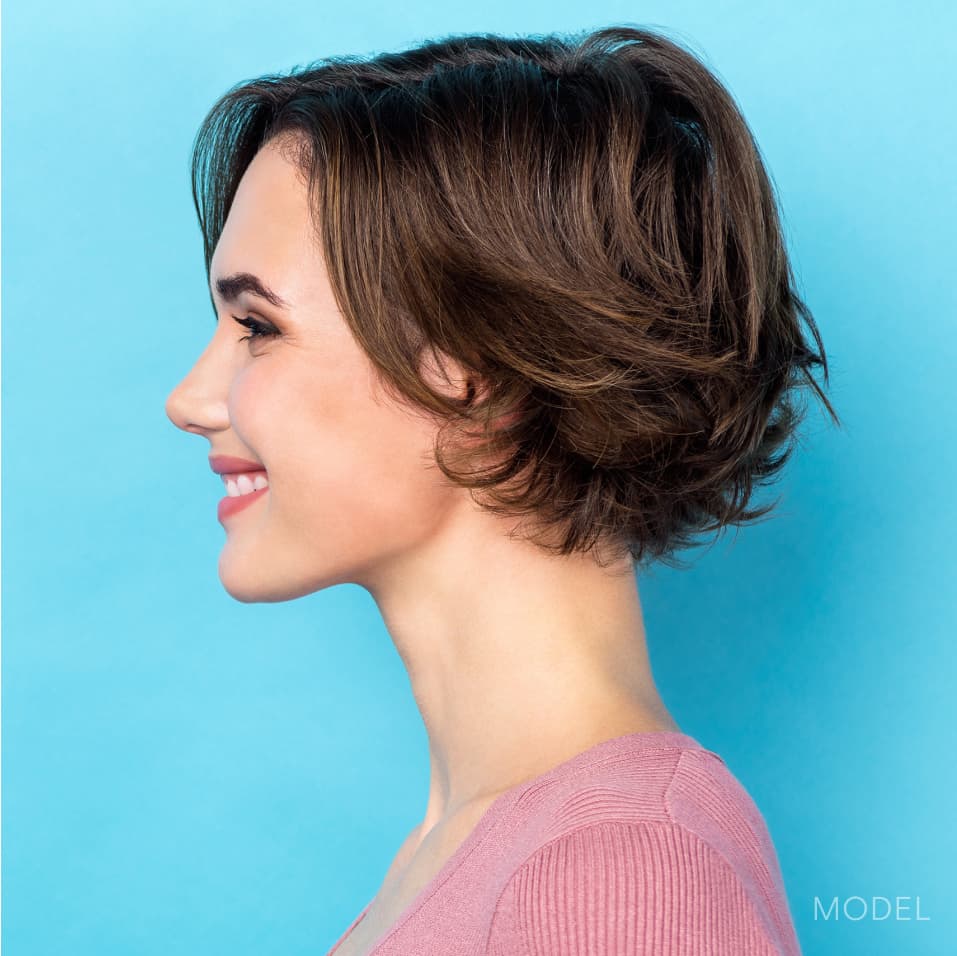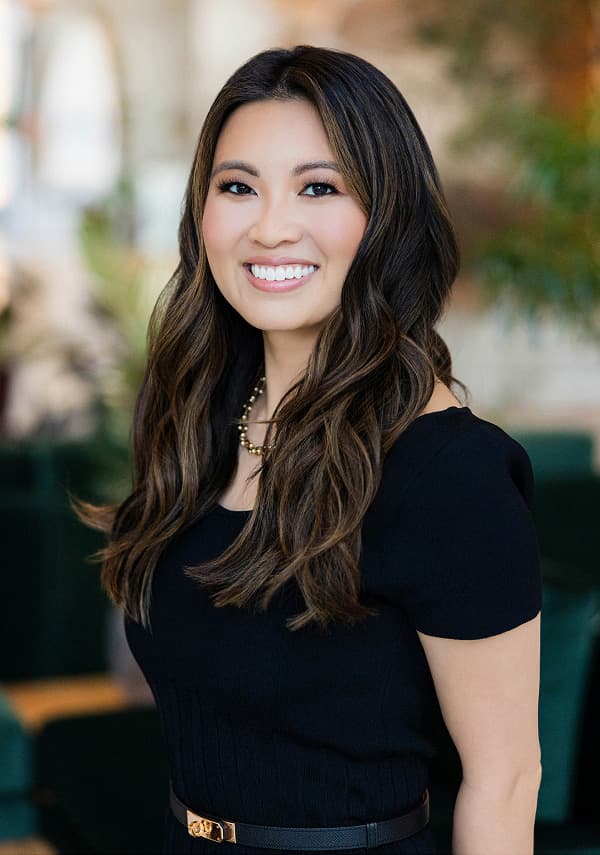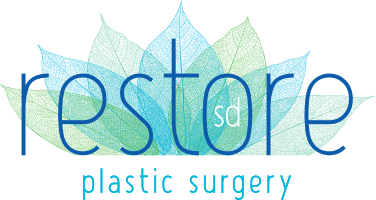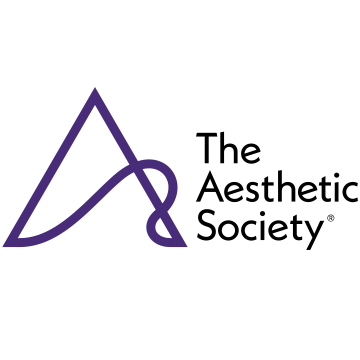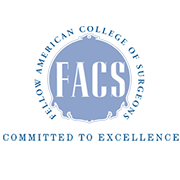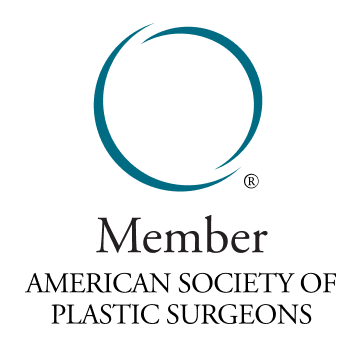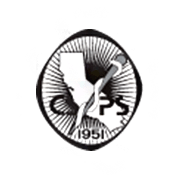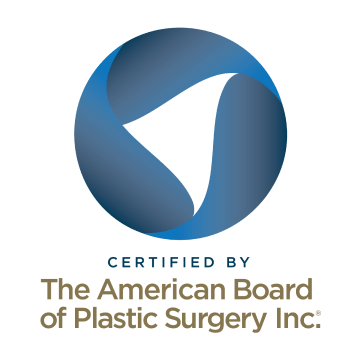Your nose is a central feature of your face and helps define your overall appearance. So if you’re bothered by the look of your nose, it can significantly impact how you see yourself. Our San Diego female plastic surgeon Dr. Janet Chao performs rhinoplasty, or nose reshaping surgery, to refine the shape and function of the nose, whether you were born with a nose you don’t love or you’ve experienced changes after an injury, to bring balance and harmony to your appearance.
What is rhinoplasty?
Rhinoplasty, often called a “nose job,” is a surgical procedure Dr. Chao uses to alter the shape, size, and structure of the nose to improve its appearance and, in some cases, its function. A rhinoplasty in San Diego procedure can address a wide range of concerns, from cosmetic issues like asymmetry and size to functional problems such as breathing difficulties.
In this quick video, Dr. Chao breaks down everything you need to know about rhinoplasty surgery. From consultation to recovery, Dr. Chao covers key aspects of the rhinoplasty process, including how she tailors each procedure to fit her patients’ unique facial features and goals
Benefits of nose reshaping surgery
When rhinoplasty is performed by a highly experienced facial plastic surgeon like Dr. Chao, this procedure can be beautifully transformative. Here’s what rhinoplasty patients can expect:
- Improved facial symmetry and balance: Reshaping the nose can enhance facial proportions so that your features complement each other.
- Enhanced self-confidence: A nose that fits your face can help you feel more comfortable and confident in your skin.
- Correction of breathing issues: Rhinoplasty can address structural problems inside the nose that cause breathing difficulties.
Watch the podcast below, to learn how Dr. Chao personalizes rhinoplasty, from what it can (and can’t) do, open vs. closed approaches, fixing broken noses, cartilage graft options, and culturally nuanced techniques to the consult process and the complexities of revision for natural, you-first results.
Types of rhinoplasty procedures
Cosmetic rhinoplasty
A cosmetic rhinoplasty focuses on improving the aesthetic appearance of the nose. Dr. Chao tailors your procedure to meet your specific cosmetic goals, whether you want to reduce the size, contour the shape, smooth a dorsal hump, refine a bulbous tip, or adjust the angle of your nose so it harmonizes with your other facial features.
Functional rhinoplasty
A functional rhinoplasty is designed to correct structural issues that impair breathing, impact how the nose looks, or both. These issues can be congenital or due to facial trauma. To restore optimal functionality, Dr. Chao may need to straighten a deviated septum, reduce turbinate size, or address other internal nasal structures. Her goal is to improve airflow and resolve breathing problems while maintaining or enhancing your nose’s appearance.
Revision rhinoplasty
For patients who have had previous nasal surgery but are unsatisfied with the results (or have developed new issues), Dr. Chao may recommend a revision rhinoplasty. This procedure is often more complex due to scar tissue and altered anatomy, requiring a highly skilled facial plastic surgeon to achieve the desired outcome.
Asian rhinoplasty
At our practice, we understand that beauty is multifaceted and deeply rooted in our heritage. Dr. Chao, who is of Chinese descent, specializes in Asian rhinoplasty, which is a specialized approach to nasal surgery that respects unique cultural characteristics while addressing the personal aesthetic preferences and functional needs of patients of Asian descent.
These individuals often have distinct features that differ from those of other ethnicities and can include:
- A flatter profile with a lower nasal bridge
- A broader nose base and wider nostrils.
- Thicker and less flexible tissue
Goals of Asian rhinoplasty
With Asian rhinoplasty, Dr. Chao tailors her surgical techniques to enhance facial harmony while preserving the patient’s ethnic identity. This highly nuanced approach involves some or all of these techniques:
- Bridge augmentation: Dr. Chao uses implants or cartilage grafts to subtly raise the bridge to create a more defined profile.
- Nostril refinement: Narrowing and reshaping the nostrils helps balance the overall presence of the nose without losing ethnic identity.
- Tip projection: Dr. Chao enhances the nasal tip for better definition and balance with other facial features.
Dr. Chao’s approach is highly individualized and tailored to the unique anatomical features of Asian ethnicities. Her goal is not to “Westernize” the nose but to fine-tune and celebrate your natural features to best meet your expectations.
Ideal candidates for rhinoplasty
You may be a good candidate for rhinoplasty if you meet the following criteria:
- You are in good overall health
- You have realistic expectations about the outcomes of rhinoplasty and understand that the goal is improvement, not perfection.
- Key Benefits
- Glossary
- Balances your facial features for an aesthetically pleasing look
- Corrects structural issues for easier and more comfortable breathing
- Addresses congenital nasal deformities to improve both appearance and function
- Reconstructs and restores the nose’s appearance and function following trauma or injury
- Cartilage: Cartilage is the flexible tissue in the nose that gives it shape and support.
- Anesthesia: Anesthesia is a medication used to ensure you don’t feel pain during surgery.
- Nose Job: A nose job is a common term for rhinoplasty, a surgery to reshape the nose.
- Plastic Surgery: Plastic surgery is a surgical specialty focused on enhancing or reconstructing body parts.
- Nose Surgery: Nose surgery is any surgical procedure performed on the nose, including rhinoplasty.
- Cosmetic Surgeon: A cosmetic surgeon is a doctor specializing in cosmetic surgery to improve aesthetic appearance.
- Closed Rhinoplasty: Closed rhinoplasty is a type of nose surgery where incisions are made inside the nostrils.
- General Anesthesia: General anesthesia is a type of anesthesia that puts you to sleep during surgery.
- Deviated Septum: A deviated septum is a condition where the nasal septum is off-center, causing breathing issues.
- Nasal Reconstruction: Nasal reconstruction is surgery to rebuild the nose structure, often after injury.
- Nasal Tip: The nasal tip is the lower part of the nose, which can be reshaped during rhinoplasty.
- Nasal Septum: The nasal septum is the cartilage and bone that separate the two nostrils.
- Nasal Bones: Nasal bones are the bones that form the bridge of the nose.
- Dorsal Hump: A dorsal hump is a bump on the bridge of the nose that can be smoothed out with rhinoplasty.
- Open Rhinoplasty: Open rhinoplasty is a type of nose surgery where a small incision is made on the columella, the strip of tissue between the nostrils.
- Nasal Skin: Nasal skin is the skin covering the nose, which is lifted during surgery to access the underlying structures.
- Revision Rhinoplasty: Revision rhinoplasty is a second nose surgery to correct or improve the results of a previous rhinoplasty.
- Nose Reshaping: Nose reshaping is another term for rhinoplasty, focusing on altering the nose’s shape.
- Local Anesthesia: Local anesthesia is anesthesia that numbs a specific area while you remain awake.
- Functional Rhinoplasty: Functional rhinoplasty is nose surgery to improve breathing and correct internal nasal issues.
- Soft Tissues: Soft tissues are the tissues in the nose, including skin, fat, and muscle.
- Nasal Skeleton: The nasal skeleton is the framework of bone and cartilage that gives the nose its shape.
- Plastic Surgeons: Plastic surgeons are doctors who specialize in plastic surgery, including cosmetic and reconstructive procedures.
- Healthcare Provider: A healthcare provider is any professional who offers medical services, including surgeons.
- Outpatient Procedure: An outpatient procedure is a surgery where you can go home the same day.
- Lateral Cartilages: Lateral cartilages are cartilages on the sides of the nose that can be reshaped during rhinoplasty.
- Nasal Defect: A nasal defect is any structural issue with the nose that can be corrected surgically.
- Aesthetic Nasal Subunits: Aesthetic nasal subunits are the different sections of the nose considered in cosmetic analysis and surgery.
- Nostrils: Nostrils are the two external openings of the nose.
- Splint: A splint is a device used to support and protect the nose after surgery.
- Cavernous Sinus: The cavernous sinus is a large vein at the base of the skull that can be related to nasal surgery risks.
- Maxillary: Maxillary refers to the upper jaw, which is connected to the nasal structures.
- Paramedian Forehead Flap: A paramedian forehead flap is a surgical technique using forehead skin to reconstruct the nose.
- Paraleptorrhine: Paraleptorrhine describes a type of nose that is narrow and high-bridged.
- Nasal Dorsum: The nasal dorsum is the bridge or top surface of the nose.
- Rhinoplastic: Rhinoplastic refers to anything related to rhinoplasty, the surgical procedure to reshape the nose.
- Turbinate: Turbinates are structures inside the nose that help filter and humidify the air we breathe.
- Subunits and Segments: Subunits and segments refer to dividing the nose into sections for detailed analysis and surgery.
- Upper Jaw: The upper jaw is the maxilla, connected to the nose and upper teeth.
- Non-Surgical Nose Job: A non-surgical nose job is a procedure using fillers to temporarily reshape the nose without surgery.
- External Nasal Valve: The external nasal valve is part of the nose’s structure that helps regulate airflow.
- Pterygopalatine Ganglion: The pterygopalatine ganglion is a nerve center related to nasal and facial function.
- Subplatyrrhine: Subplatyrrhine describes a nose type that is wide and low-bridged.
- Non-Surgical Rhinoplasty: Non-surgical rhinoplasty involves using fillers to alter the shape of the nose without surgery.
- Nasal Valve: The nasal valve is the narrowest part of the nasal airway, crucial for breathing.
- Nasal Passages: Nasal passages are the channels inside the nose through which air flows.
- Cranial Nerve VII: Cranial Nerve VII is the facial nerve, which can be considered during facial surgeries.
Your consultation
During your surgical consultation, Dr. Chao will assess your nasal structure, discuss your concerns, and determine what changes are feasible. She will ask what you hope to achieve with rhinoplasty and develop a personalized surgical plan that addresses your specific needs and aesthetic desires.
Sometimes, patients desire the same nose as someone else, and while bringing pictures of what you like is a fantastic way to show Dr. Chao what you envision, it’s important to remember that altering the nose too drastically can create a very unnatural appearance and can be difficult to adjust even with a revision procedure. Dr. Chao will discuss in detail the changes she can make to address your concerns and sculpt a nose appearance that accentuates your natural charm and preserves or improves the functions of your nose.
Dr. Chao’s elite facial plastic surgery training and remarkable attention to detail offers patients safe, natural-looking results. She will work closely with you to understand your goals and concerns to bring your aesthetic vision to life.
Videos About Rhinoplasty
Breathe Better, Be Better: What You Need to Know Before Rhinoplasty
Life After Rhinoplasty: What to Expect
Dr. Chao explains the reality of swelling, long-term changes, and why a perfect nose right after surgery might not always be a good thing.
Biggest Fears About Anesthesia
Before You Book: What to Expect During a Plastic Surgery Consultation
Meet Dr. Janet Chao, San Diego Facial Plastic Surgeon
Frequently asked questions about rhinoplasties
Rhinoplasty in La Jolla
Ready to take the next step toward having a nose you love? Call Restore SD Plastic Surgery at (858) 224-2281 to schedule your consultation with Dr. Chao and learn more about your options.
Learn more about nose reshaping on our plastic surgery blog
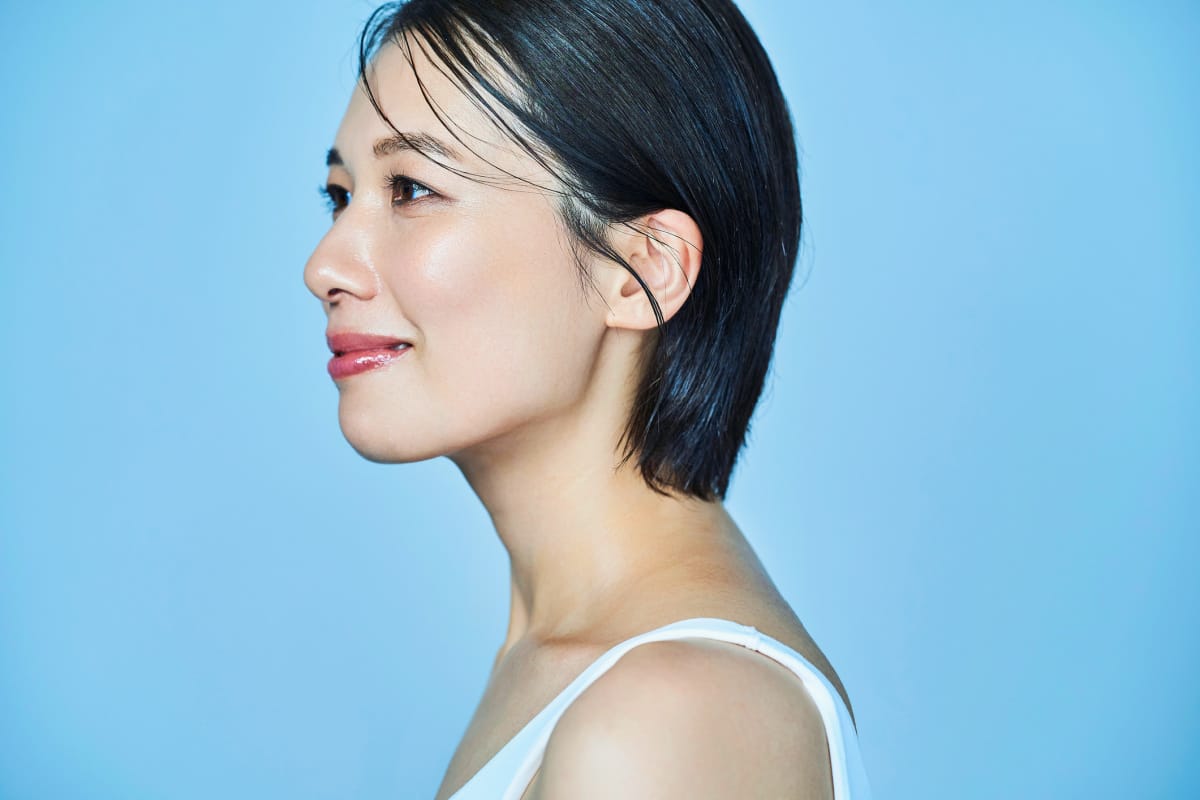 Rhinoplasty vs. Asian Rhinoplasty: What You Need to Know
Rhinoplasty vs. Asian Rhinoplasty: What You Need to Know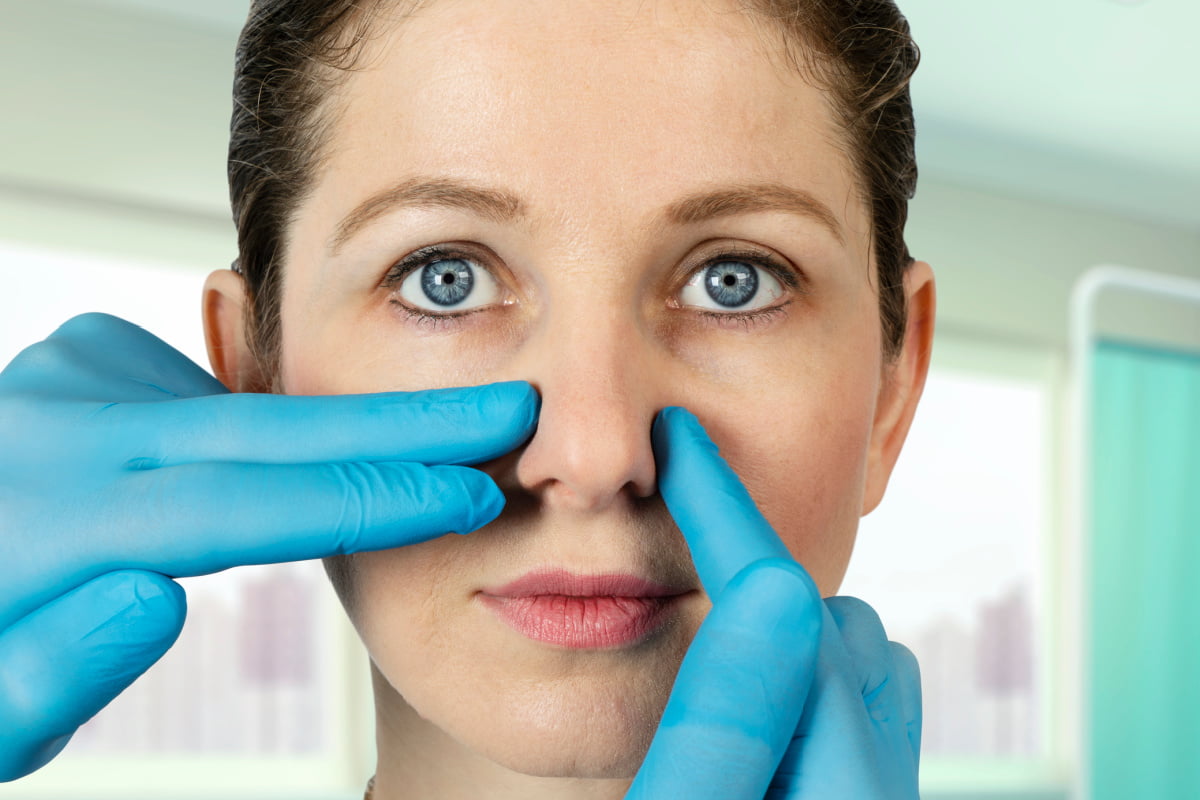 Rhinoplasty vs. Septoplasty: What’s the Difference and Which is Right for You?
Rhinoplasty vs. Septoplasty: What’s the Difference and Which is Right for You?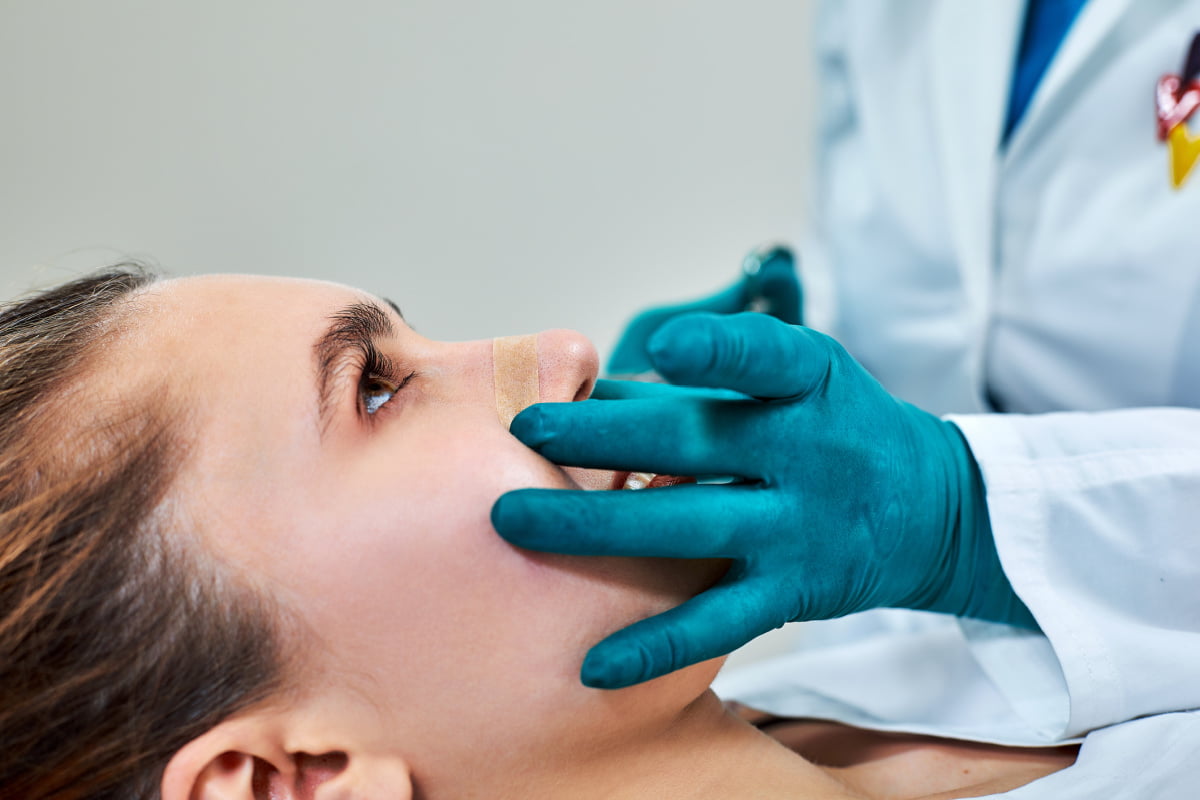 Achieve Your Ideal Nose with Our San Diego Rhinoplasty Specialist
Achieve Your Ideal Nose with Our San Diego Rhinoplasty Specialist
Areas Served
References »
Crosara PF, Nunes FB, Rodrigues DS, Figueiredo AR, Becker HM, Becker CG, Guimarães RE. Rhinoplasty Complications and Reoperations: Systematic Review. International Archives of Otorhinolaryngology. 2017. doi: 10.1055/s-0036-1586489.
Kalantar-Hormozi A, Ravar R, Abbaszadeh-Kasbi A, Rita Davai N. Teenage Rhinoplasty. World Journal of Plastic Surgery. 2018.
Nellis JC, Ishii M, Bater KL, Papel ID, Kontis TC, Byrne PJ, Boahene KDO, Ishii LE. Association of Rhinoplasty With Perceived Attractiveness, Success, and Overall Health. JAMA Facial Plastic Surgery. 2018. doi: 10.1001/jamafacial.2017.1453.
Parrilla C, Artuso A, Gallus R, Galli J, Paludetti G. The role of septal surgery in cosmetic rhinoplasty. ACTA Otorhinolaryngologica Italica. 2013.
Tasman AJ. Rhinoplasty – indications and techniques. GMS Curr Top Otorhinolaryngol Head Neck Surg. 2007;6:Doc09. Epub 2008 Mar 14. PMID: 22073085; PMCID: PMC3199847.
Rezaei F, Rezaei F, Abbasi H, Moradi H. A Comparison of Doctor/Patient Satisfaction with Aesthetic Outcomes of Rhinoplasty: a Prospective Study. J Med Life. 2019 Oct-Dec;12(4):374-380. doi: 10.25122/jml-2019-0061. PMID: 32025256; PMCID: PMC6993297.
Gupta R, John J, Ranganathan N, Stepanian R, Gupta M, Hart J, Nossoni F, Shaheen K, Folbe A, Chaiyasate K. Outcomes of Closed versus Open Rhinoplasty: A Systematic Review. Arch Plast Surg. 2022 Sep 23;49(5):569-579. doi: 10.1055/s-0042-1756315. PMID: 36159386; PMCID: PMC9507448.
Dibelius G, Hohman MH. Rhinoplasty Tip-Shaping Surgery. [Updated 2023 Mar 1]. In: StatPearls [Internet]. Treasure Island (FL): StatPearls Publishing; 2024 Jan-. Available from: https://www.ncbi.nlm.nih.gov/books/NBK567750/
Ishii CH. Current update in asian rhinoplasty. Plastic and Reconstructive Surgery—Global Open. 2014 May 7;2(4):e133. doi: 10.1097/GOX.0000000000000081.
Lam SM. Asian rhinoplasty. Seminars in Plastic Surgery. 2009 Aug;23(3):215-22. doi: 10.1055/s-0029-1224801.
Yamasaki A, Warinner C, Lindsay R. Patient Recovery and Satisfaction with Perioperative Care After Rhinoplasty. Facial Plast Surg Aesthet Med. 2022 Jul-Aug;24(4):282-288. doi: 10.1089/fpsam.2021.0034. Epub 2021 Sep 16. PMID: 34529515.


